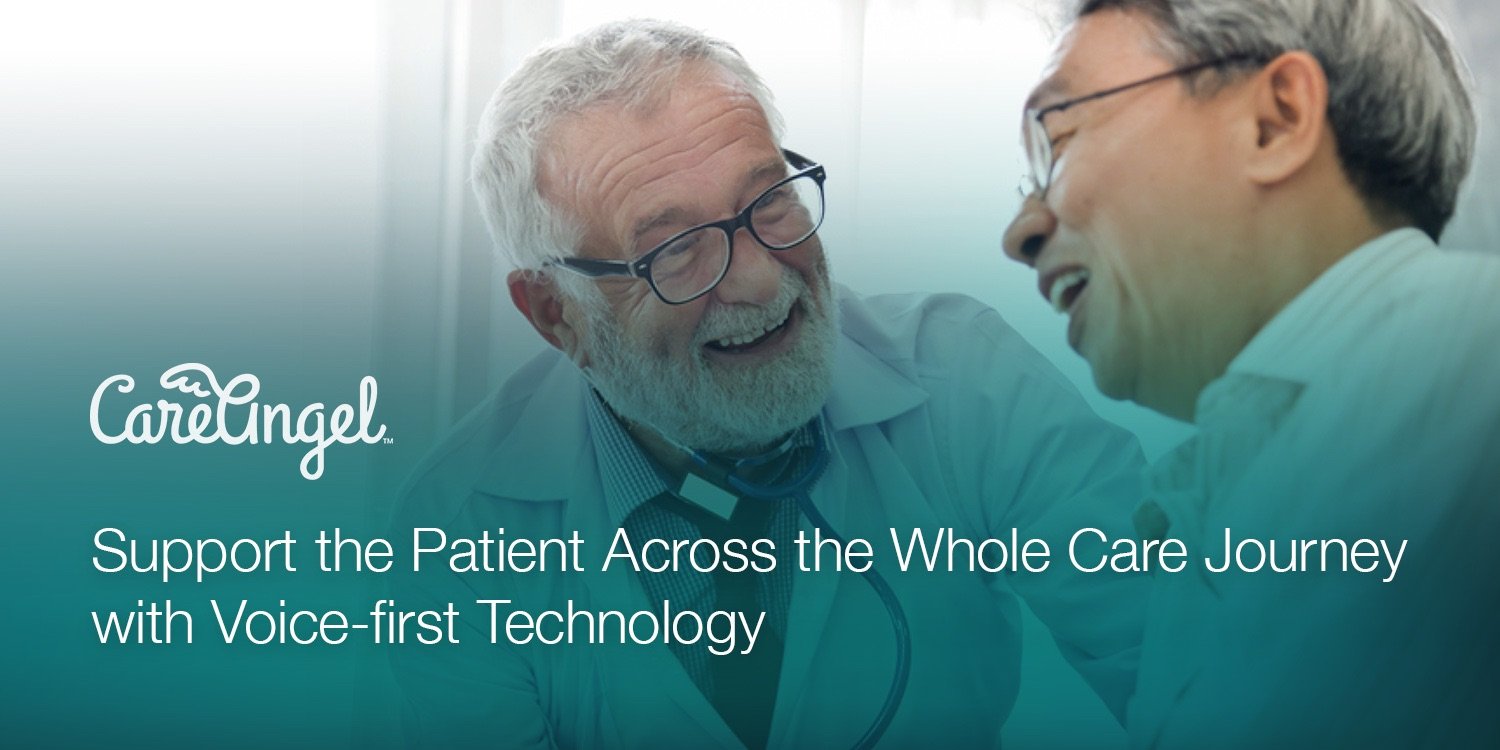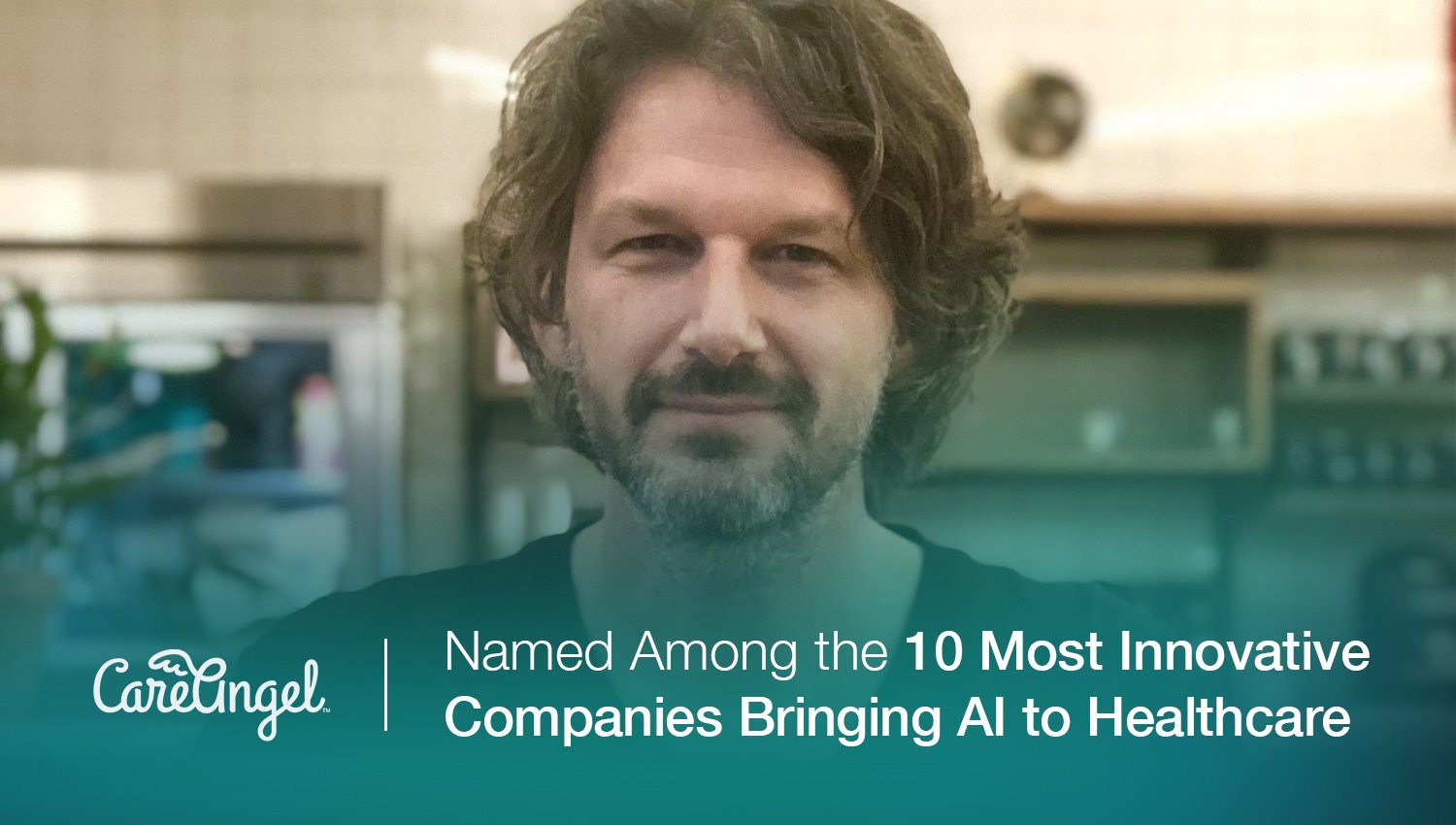Let's address the elephant in the room rather than continuing to ignore it: traditional patient and member engagement methods are no longer sufficient. Despite their once-perceived actionable impact, postcards, emails, and notification-driven smartphone-based apps fail to deliver meaningful outcomes for patients and members.
It's clear that we need to embrace a member- and patient-centric approach—one that prioritizes personalized engagement to improve clinical outcomes while reducing healthcare and operational costs.
Challenging the status quo: rethink traditional engagement
The limitations of conventional engagement methods are glaring. Beyond the exorbitant costs of postcards and smartphone apps, these approaches are ineffective.
Whether it's about engaging high-utilizers or reaching Medicare populations, the absence of meaningfully designed engagement is palpable. It also reduces satisfaction and care quality while continuing to contribute to high healthcare costs for all stakeholders.
We must improve health outcomes and lower healthcare costs while reducing operational spending so that all stakeholders can benefit. To achieve this, let’s boldly re-imagine our approach to patient and member engagement.
Embracing innovative healthcare communications: Meet members and patients where they are.
Imagine having an unlimited number of call center employees reaching every member or patient for several different personalized reasons at a fraction of the cost. Imagine boosting engagement among members and patients by 8 to 12 times at a fraction of the cost. Finally, imagine opening up capacity for your nurses and care managers by a minimum of 600%.
Imagine!
Here’s the reality: a lot of healthcare happens at home, especially for older adults who often deal with significant health issues. So, connecting with them where they're most comfortable only makes sense.
But instead of inundating people with generic communications, let's tailor our engagements to their individual needs and contexts and in the languages they speak. By adopting strategies that include proactive, outbound check-ins, we can establish deeper connections with members and patients by empowering them to navigate their health journey with confidence and autonomy.
The challenge: healthcare spending goes up while quality, satisfaction, and outcomes go down
Imagine a 70-year-old man struggling with multiple comorbidities, food insecurity, and the inability to afford his medications. With conversational AI, we can promptly identify gaps and connect him with community resources and support services. Informed by guided conversation that produces rich data, this personalized support is available to Medicare Advantage, Medicaid, and Commercial populations.
What results should we expect? Care gaps getting addressed immediately, the delivery of preventive care, and improved wellness over time. We can now reduce this older adult’s risk of health complications. And ultimately, we can lower overall healthcare costs when this approach is used across populations of patients and members.
Transforming chronic care: technology is the driver
Similarly, members and patients managing chronic conditions like diabetes who have access to Medicare Advantage, Medicaid, or Commercial health insurance will benefit from faster access to precise and tailored resources.
With conversational AI, we can collect and process large amounts of data quickly to provide personalized communication via multiple channels—be it text, phone, or chat. From increasing benefit awareness and enrollment to supporting chronic condition management and everything in between, personalized engagement empowers members and patients to make informed decisions, leading to improved health outcomes—at demonstrably lower costs.
A call to action: embrace the future
It's 2024. We must wholeheartedly embrace this member- and patient-centric mindset. Let's move on from outdated methods and invest in solutions that speed up resolution time for members and patients, saving everyone time and money. By prioritizing regular outreach and connections, we can make personalization and automation the new standard.
What I love about EmpowerHealth is our commitment to identifying, educating, activating, and continuously managing and monitoring individuals' health journeys. With our innovative AI-enabled digital health assistant, informed by rich data and clinical feedback, we ensure that each member or patient has an experience that's intuitive, trusted, reliable, scalable—and above all, personal.
It might sound complex, but we're simply checking in on members and patients to help them achieve wellness.
Embrace a shift toward personalized care.
Let's embrace the use of data to create a better experience for members and patients—and a rapid shift towards personalized, proactive engagement. Together, we can shape a healthcare landscape where every member or patient gets the tailored support they deserve—empowering them to lead healthier, happier lives—and reducing healthcare costs for all of us.
What does it mean to empower members and patients?
Empowering members and patients means helping them feel like they have a real say in their health. It's about believing they can tackle their health problems and control their health conditions and the life circumstances that affect their well-being.
Written by Nick Assad. Nick is vice president of sales at EmpowerHealth.










